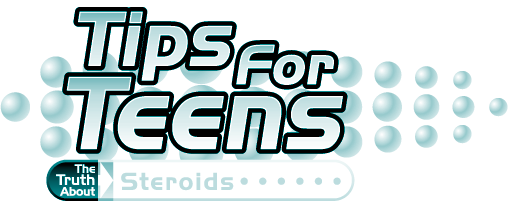|
Coaches
Playbook Against Drugs
Key
Plays How To Get Your Message Across
The best defense is a good offense. If you want to follow through
and keep drugs and alcohol off the playing field and out of your
players' lives, here are 10 key plays to help you get your message
across.
- Encourage participation in athletics by making your team an
integral and exciting part of school or community life.
- Clearly express your expectation that players will not use
drugs
- Ensure that your players know the risks of drug use, especially
those that affect athletic performance and their future.
- Emphasize the benefits of participating in sports, particularly
benefits that young people care about, including:
- Make sure your players know that drug use among preteens and
early teens (ages 11 to 14) is a "fringe" behavior.
- Encourage athletes to set personal goals and assist them in
making progress toward those goals.
- Have older players reinforce the idea that real "cool"
kids don't use drugs -- they disapprove of them.
- Help young people to develop appropriate decision making skills.
- Let players know that they can talk to you about their fears
and concerns regarding drug use.
- Develop meaningful relationships with the young people you coach.
It's important for coaches to take an active part in their
players' lives -- both on and off the field. Positive role models
are needed in our children's lives, and coaches have a special opportunity
to deliver a powerful and consistent message about the dangers of
drugs.
 Darrell
Green Darrell
Green
Defensive Back --
Washington Redskins #28
Six-Time Pro Bowler

Tips for Teens: The Truth About Steroids
Slang--Arnolds, Gym Candy, Pumpers, Stackers, Weight Trainers,
Juice
Steroids affect your heart. Steroid abuse has been associated
with cardiovascular disease, including heart attack and stroke.
These heart problems can even happen to athletes under the age of
30.
Steroids affect your appearance. In both sexes, steroids
can cause male-pattern baldness, cysts, acne, and oily hair and
skin.
Steroids affect your mood. Steroids can make you angry and
hostile for no reason. There are recorded cases of murder attributed
to intense anger from steroid use.
Steroids increase your risk of infection. Sharing needles
or using dirty needles to inject steroids puts you at risk for diseases
such as HIV/AIDS and hepatitis.
Other slang terms associated with steroid use include:
- Roid rages--uncontrolled outbursts of anger, frustration, or
combativeness that may result from using anabolic steroids.
- Shotgunning--taking steroids on an inconsistent basis.
- Stacking--using a combination of two or more anabolic steroids.
|



